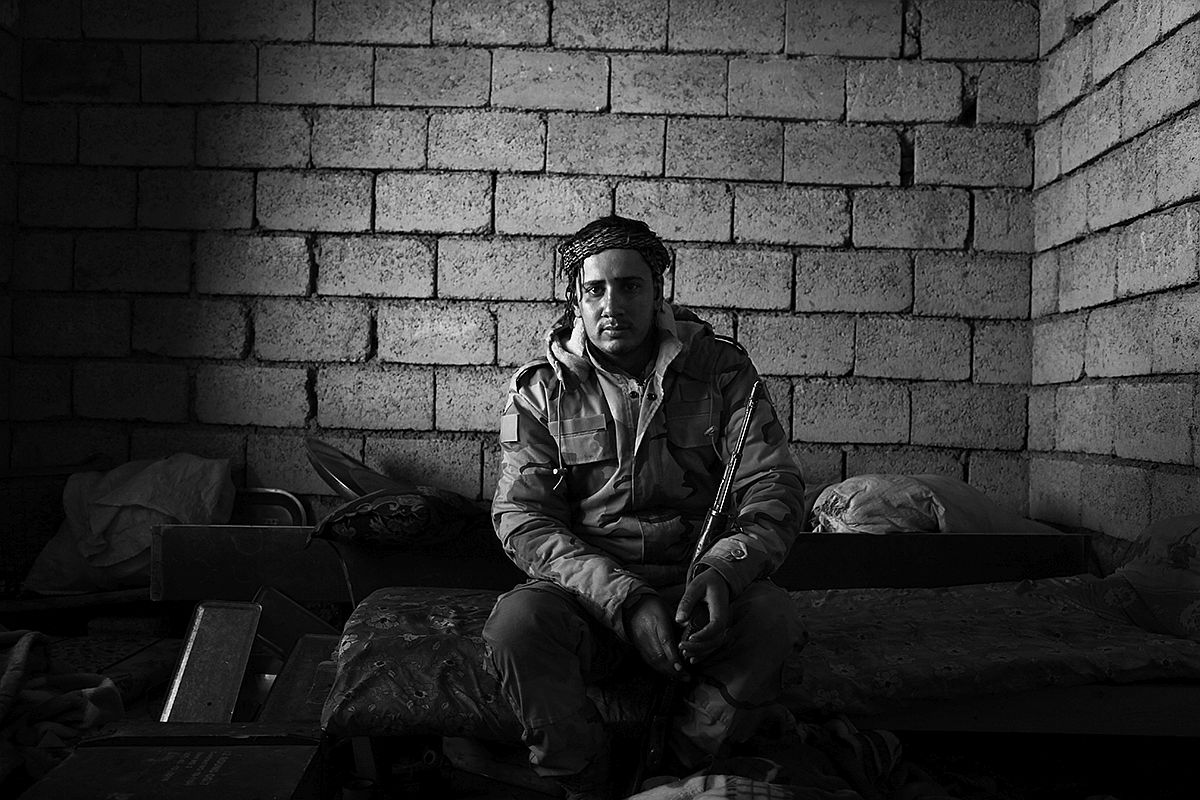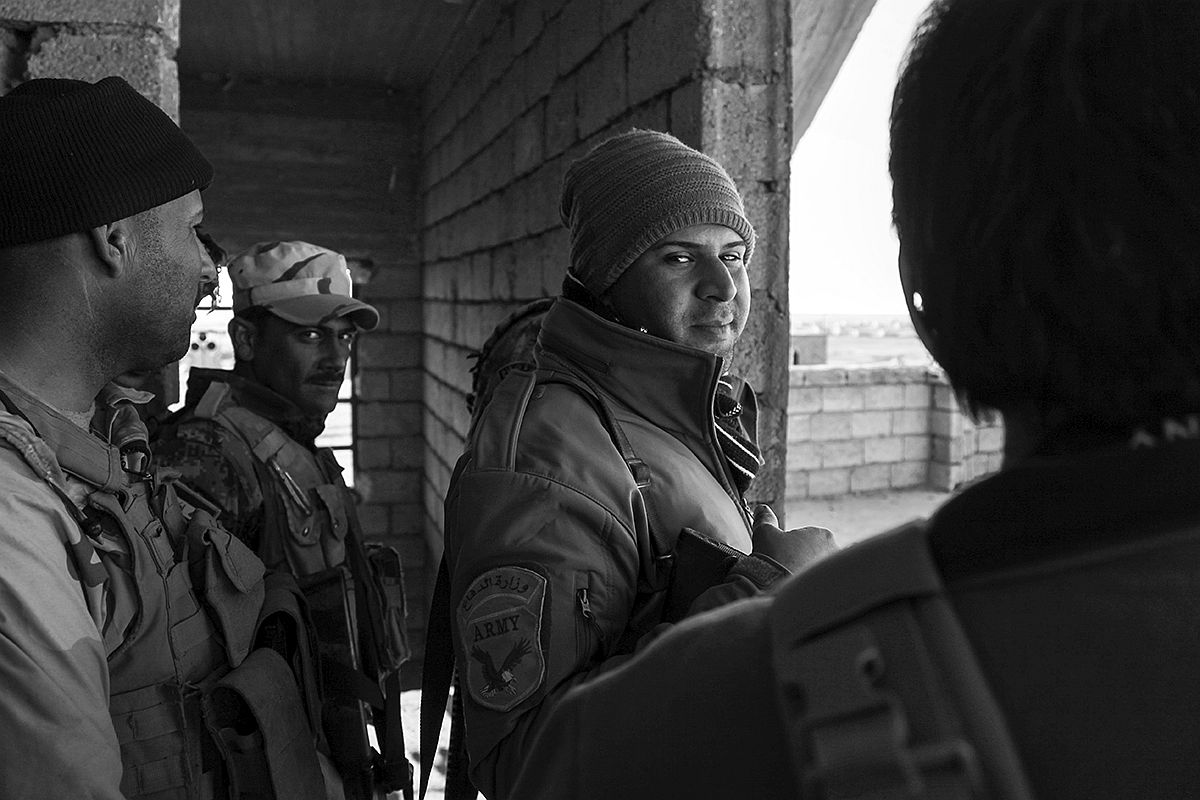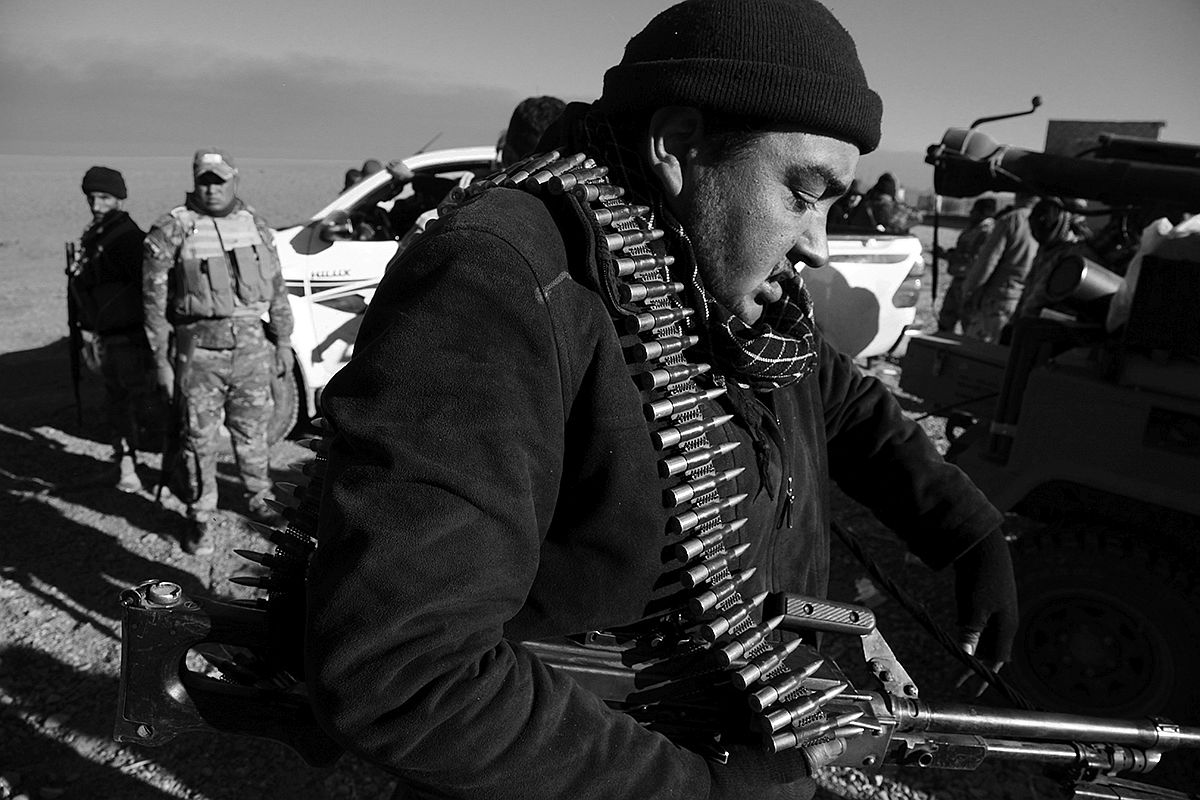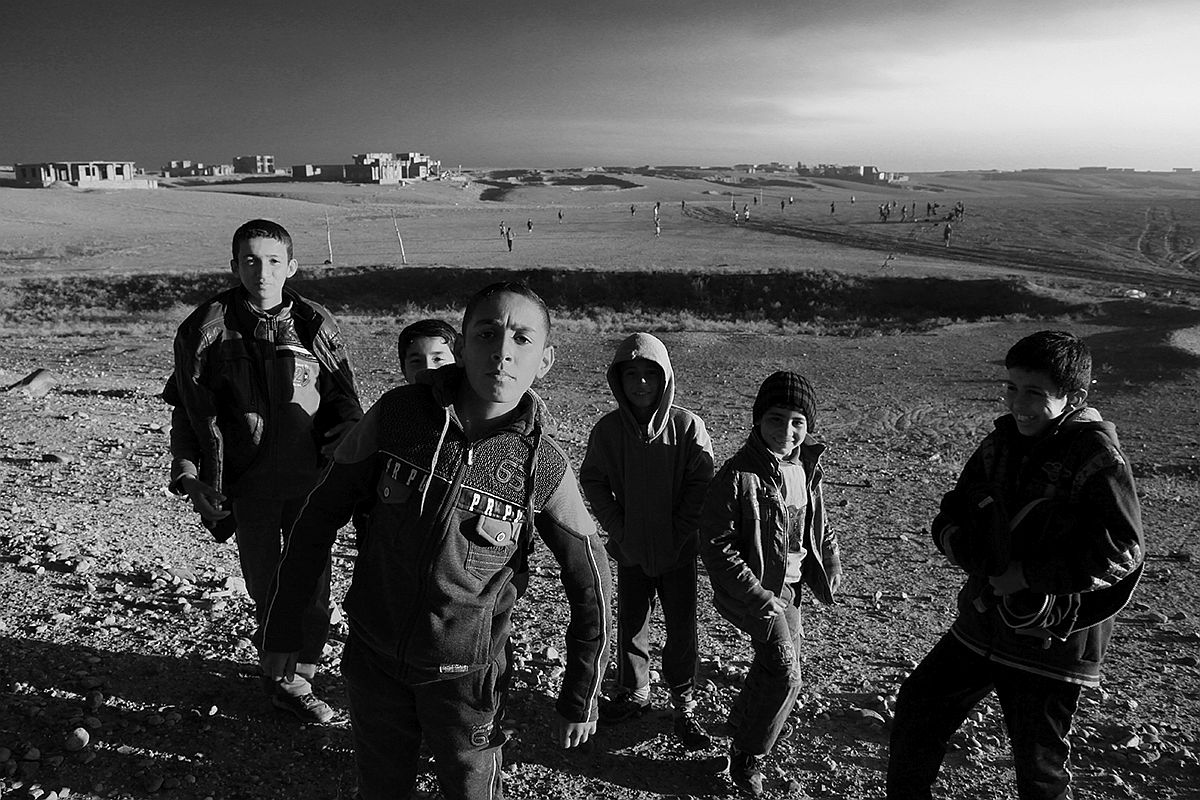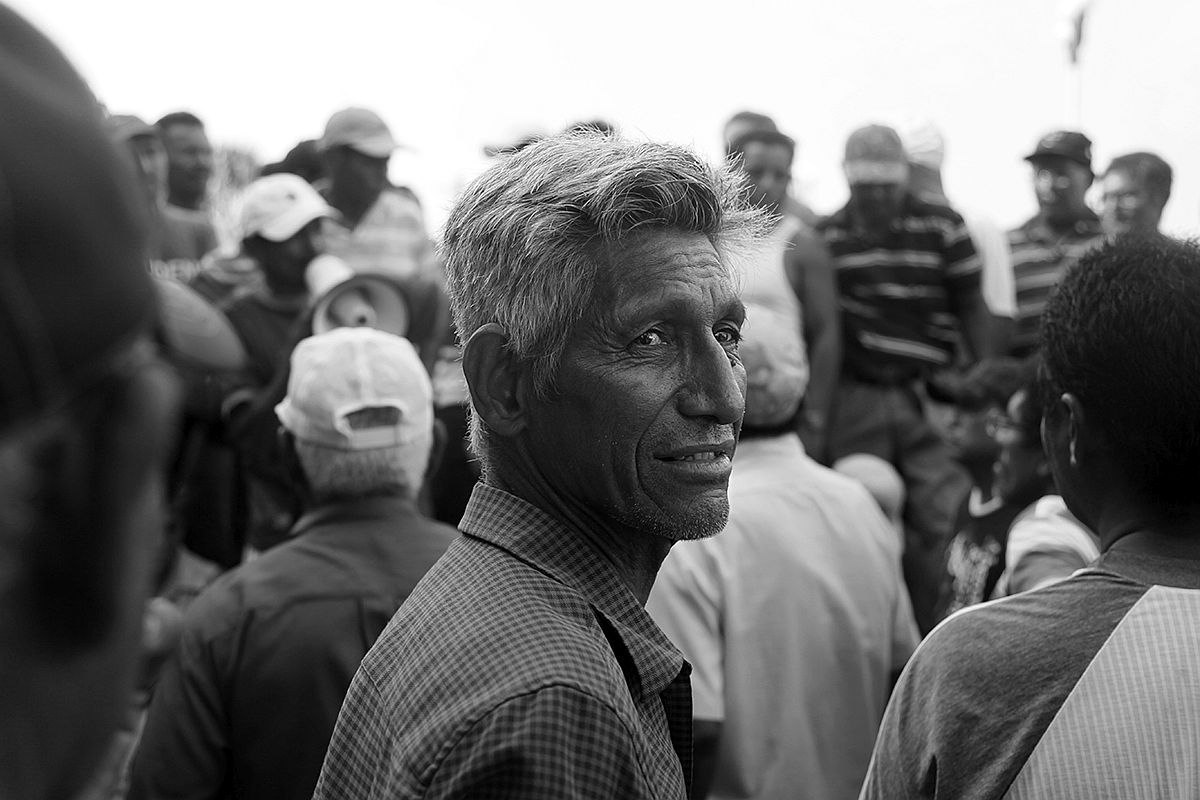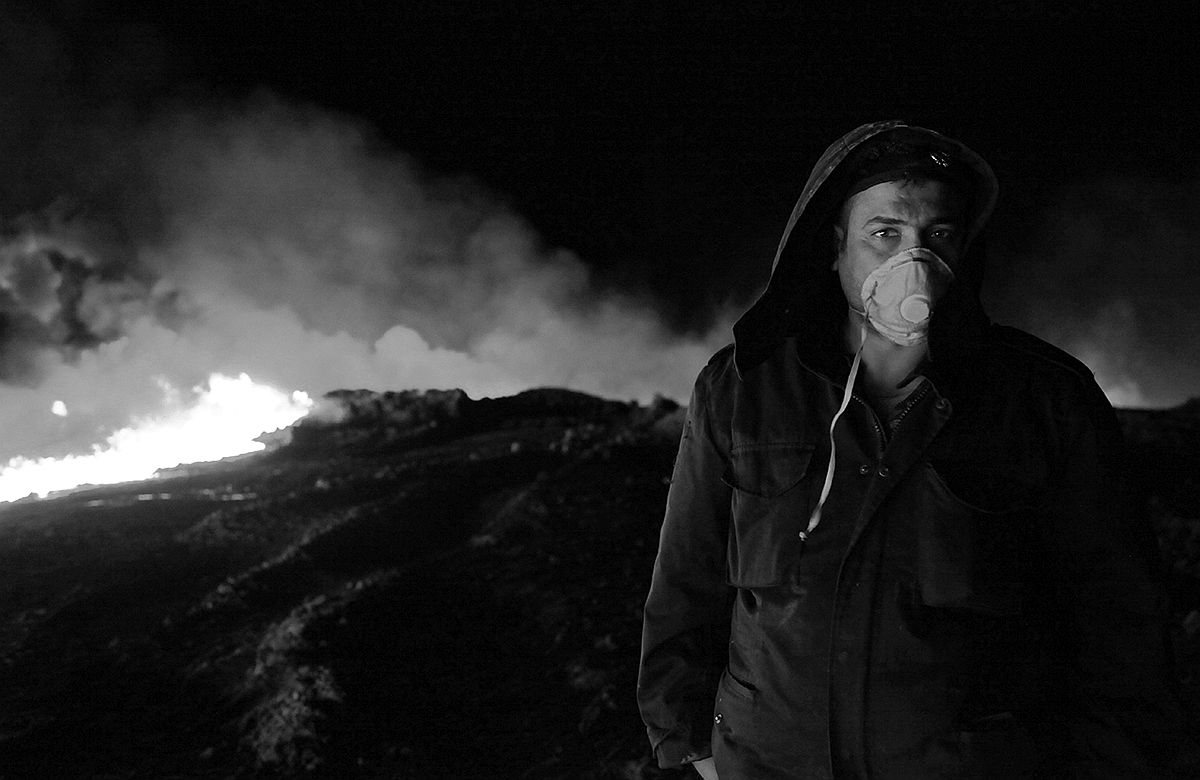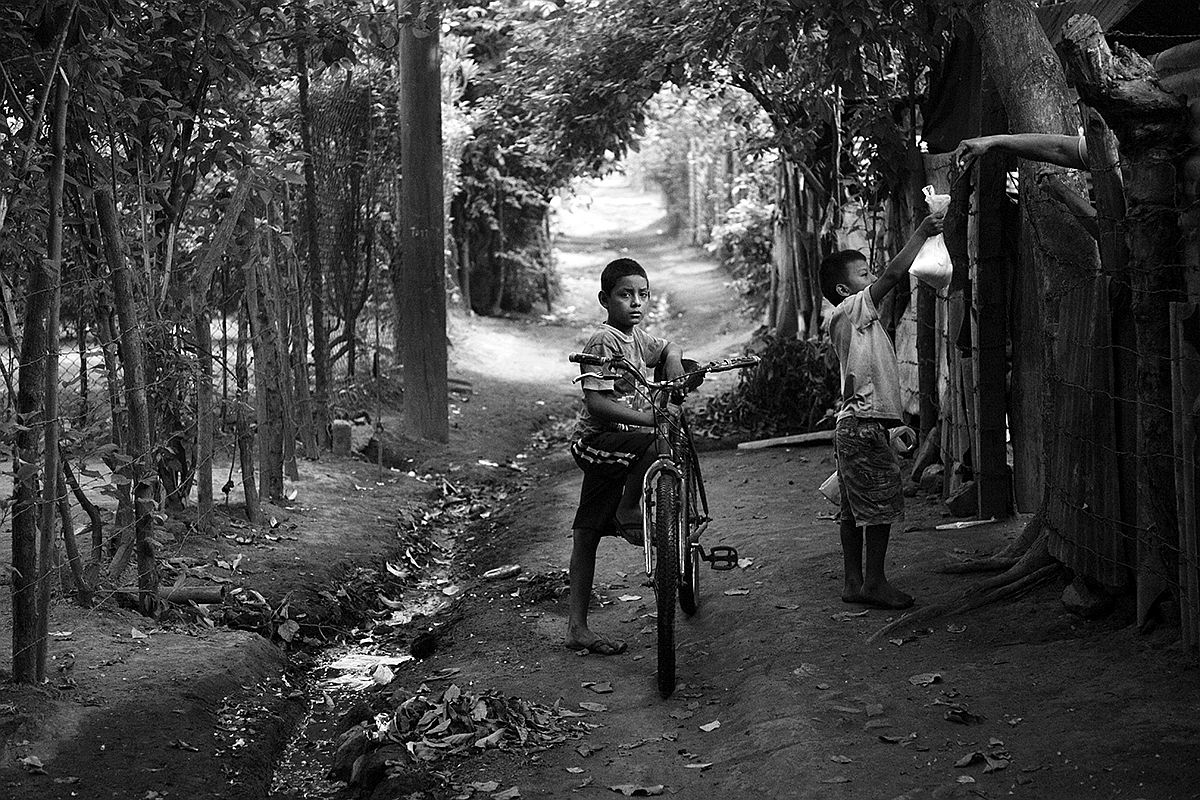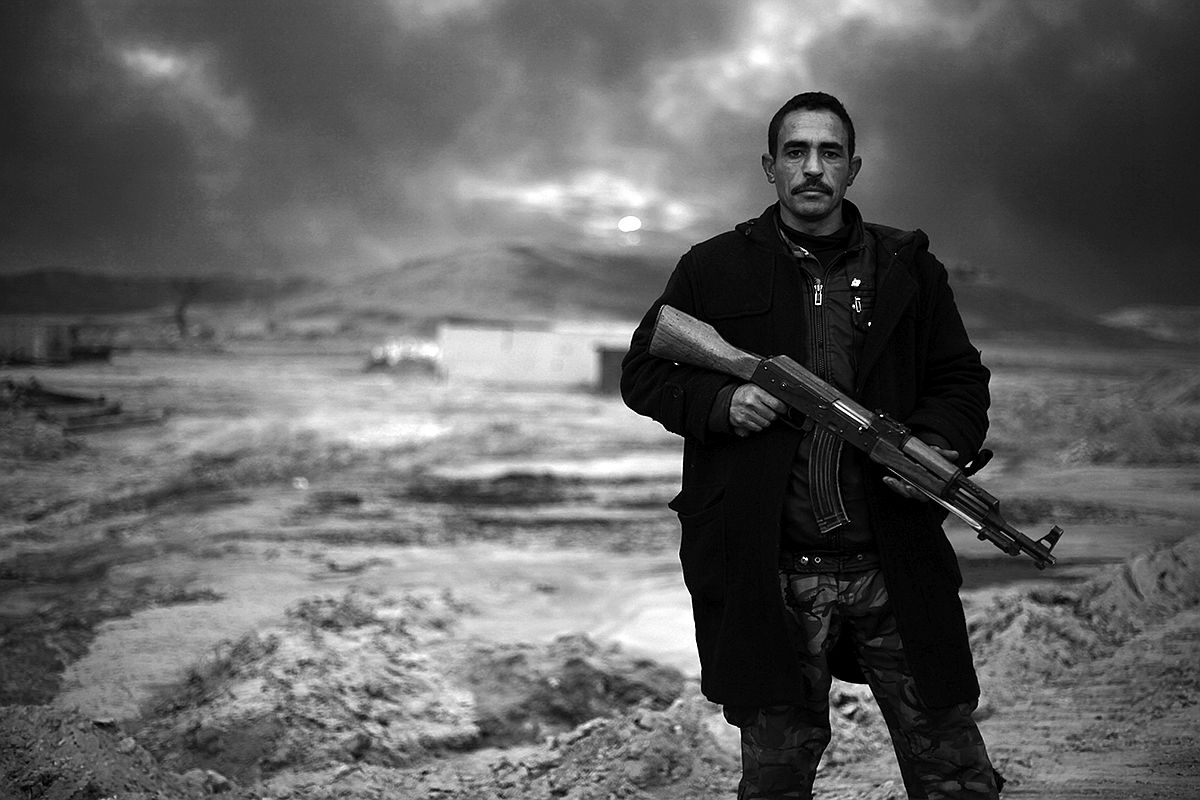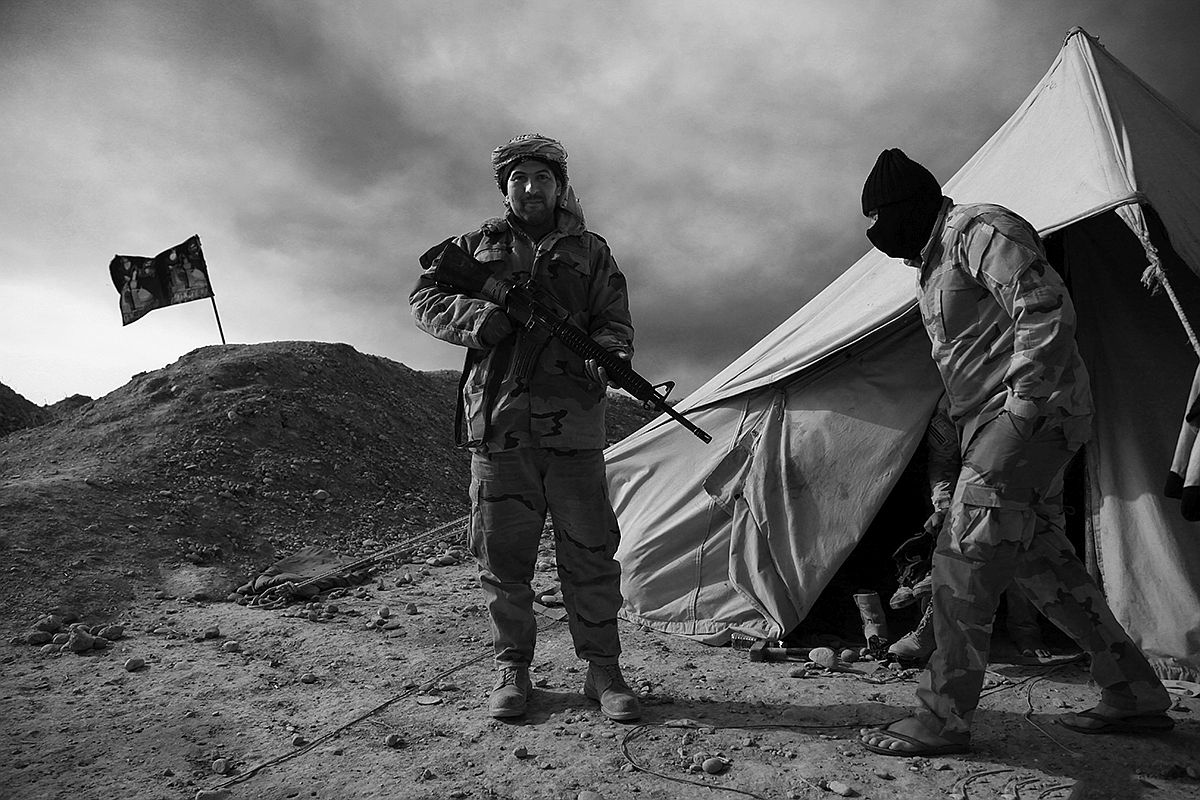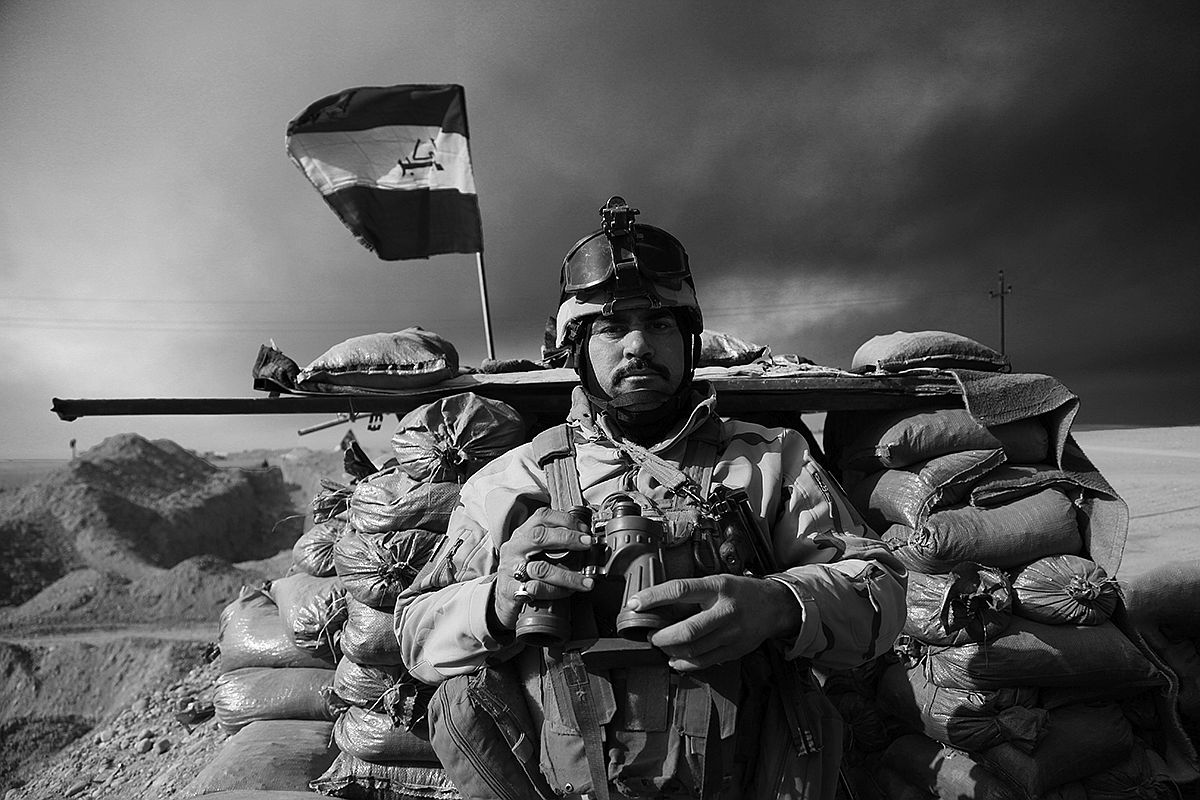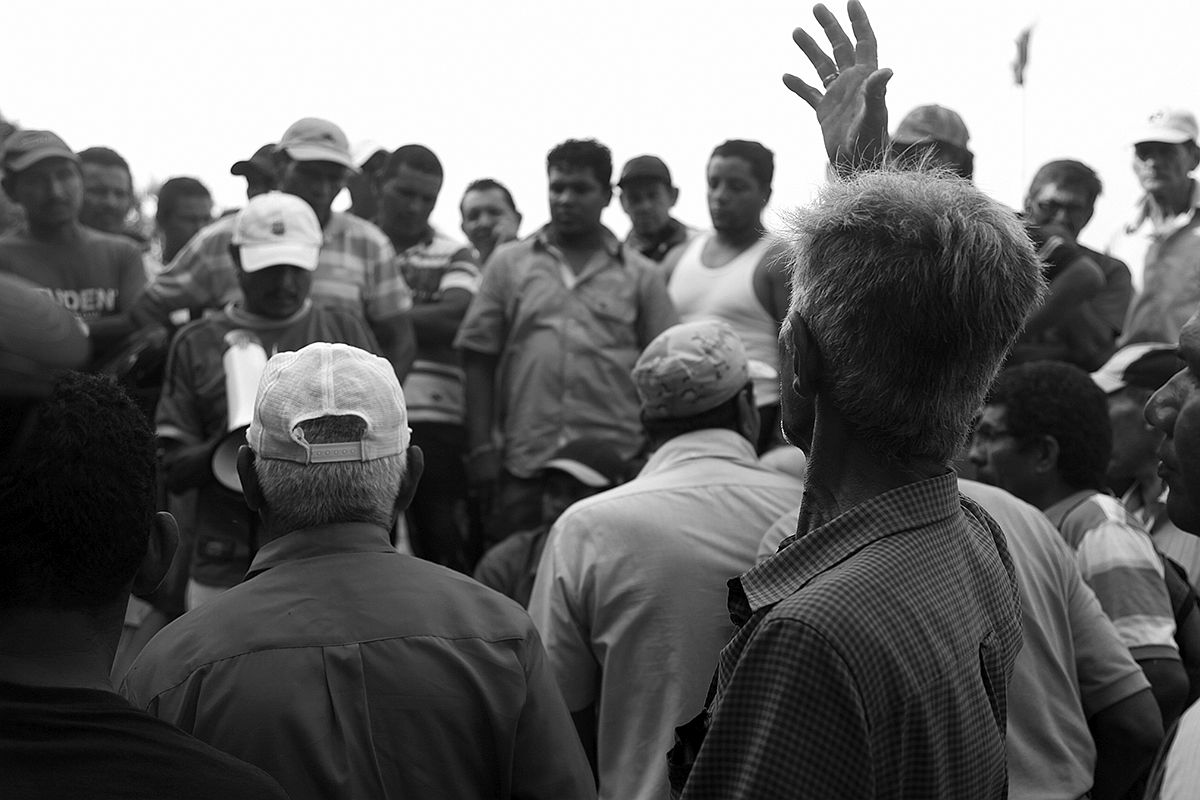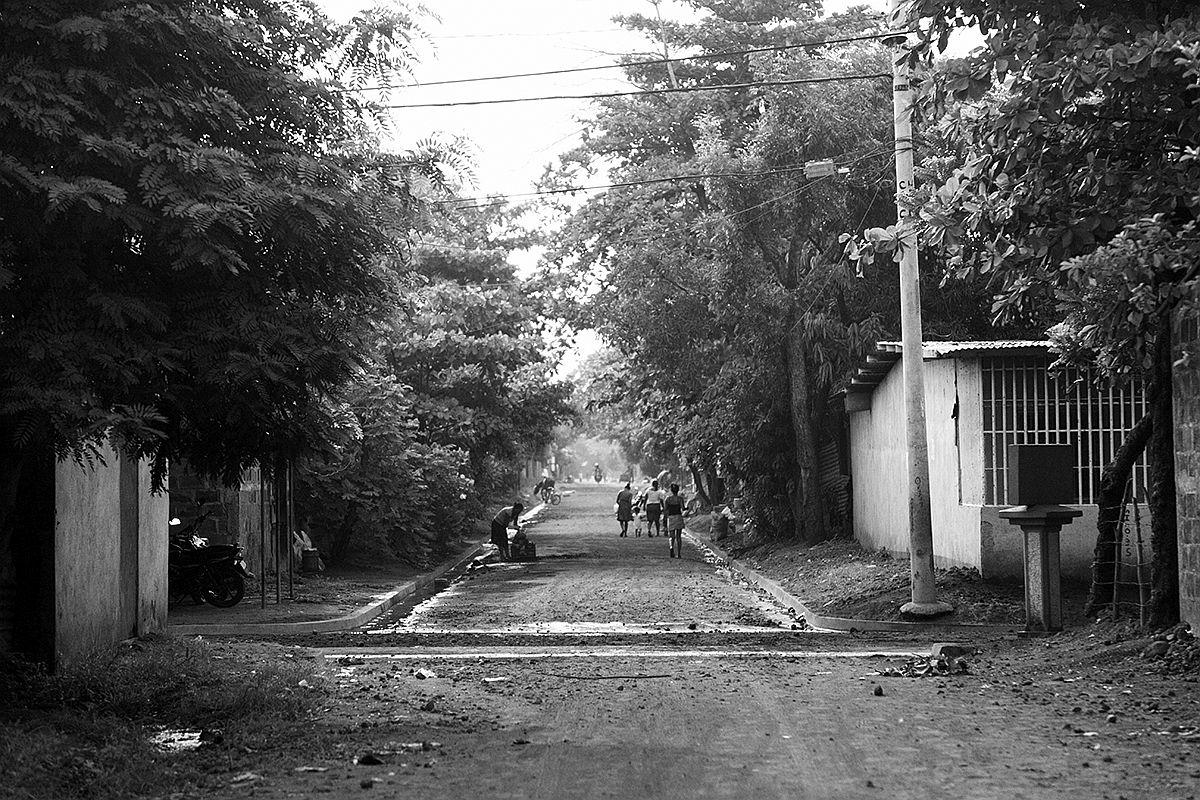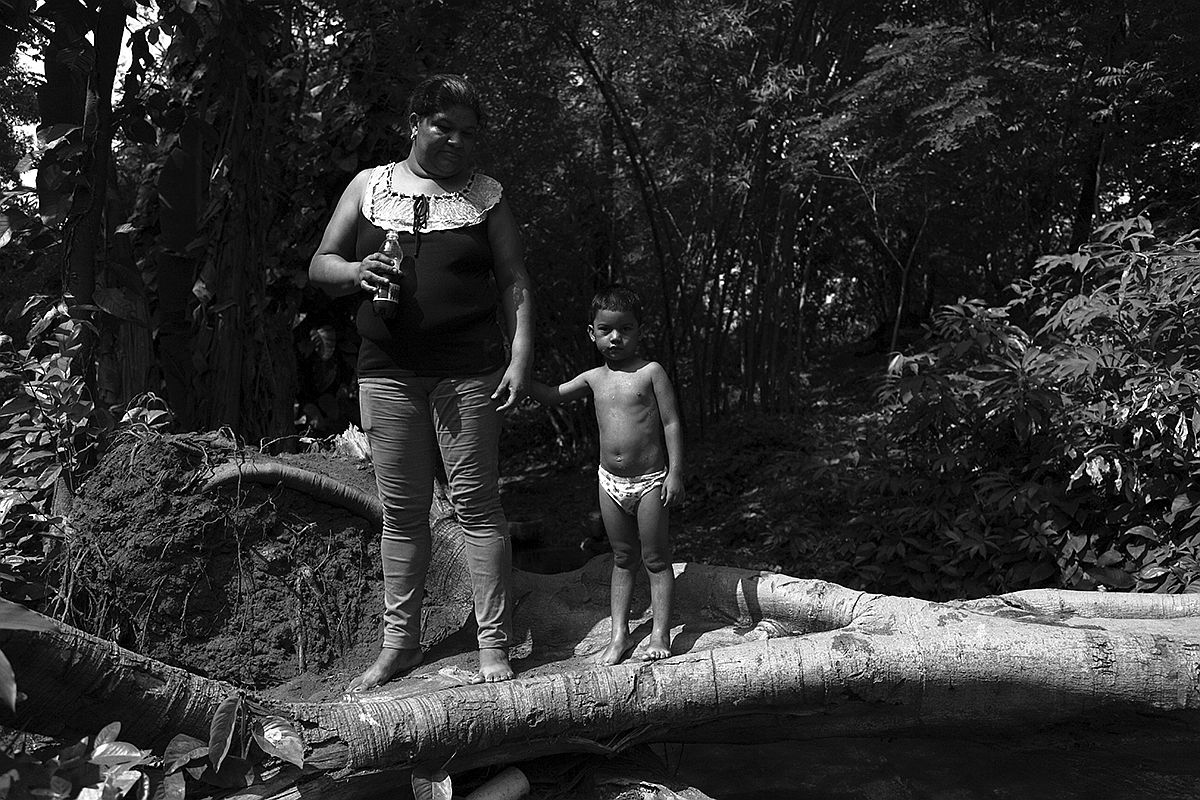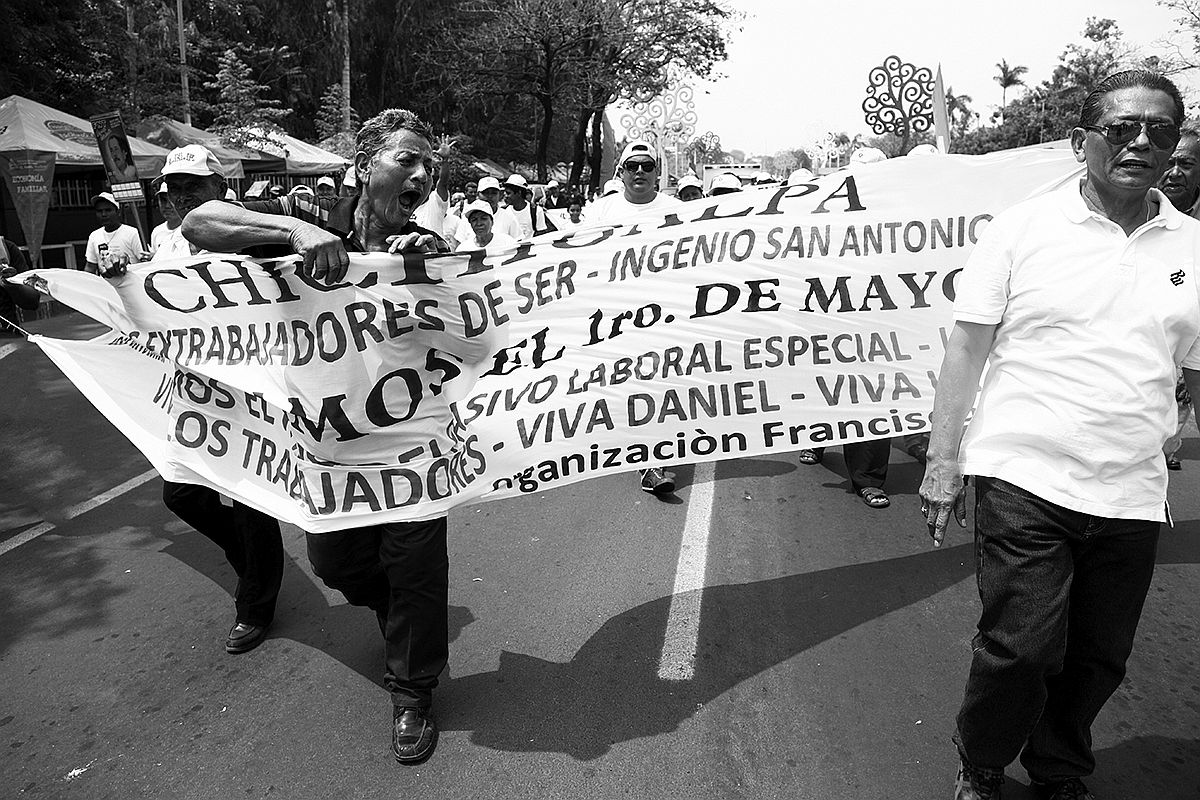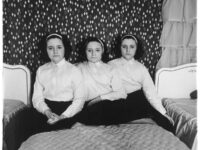I grew up in rural Australia and so was overwhelmed with the wealth of photographic opportunities when I arrived in Europe in 2013. Populism was on the rise. The refugee crisis was arriving on the shores of Greece and Italy. UKIP had begun convincing Brits they’d be better off alone. I grew up with a fascination of history and politics and so was quite lucky to be there to witness and to photograph these crucial moments, for which we will likely not know the impact for many years.
In 2014, the Gaza war broke out and so I flew to Jordan and crossed into the Palestinian territories to photograph the consequences of that war. In hindsight, I most definitely wasn’t prepared to work in such conditions. I didn’t understand the complexities of the region and having not undergone any training to work in hostile environments, I not only put myself in danger but also those who worked alongside me.
It was early in my professional career and so I wasn’t entirely sure how to market my images and so mostly just shared them on social media – but the response was enlightening. I was able to share the realities on the ground to friends and family a world away. They appreciated the information I was providing, and I was grateful for that. This realisation really solidified my passion for photography as a form of communication and influenced me to pursue photography fulltime.
– How and when did you become interested in photography?
I have been interested in photography since I was a child as my mother and eldest sister are both photographers, too. Some of the first photographs I ever took were of my mother and I sitting in front of a mirror in my childhood home, using an A1 film camera. I grew up in a rural Australia and at around the age of 15 it was apparent I was failing at school and was perhaps better off getting a trade. I saved my first few pay-checks and bought a second-hand Canon 7D and so began photographing the intricacies of small-town Australia.
– Is there an artist or photographer who inspired your art?
There are plenty, I guess. I wouldn’t say I’ve pivoted to any one photographer but rather I try to mirror my work of a collection of great photographers focusing on a variety of subjects that I am interested in. Sebastio Salgado, Donna Ferrato, Don McCullin to name a few.
– Why do you work in black and white rather than color?
I enjoy shooting colour and do mostly for professional work, but black and white allows for greater utilization of negative space without colours distracting from the focal subject. This allows greater emotional expression. Black and white photography also has a timeless quality to it, leaving some interpretation to be performed on the image. It requires the viewer to pay great attention to the details of the photograph to really understand what is happening in the photo and what the events suggest. With this kind of photography, I want the viewer to take some time to think about the image, not just skim over it with a glance.
Additionally, some of my favorite photographers were taking photos before the development of color photography, such as Henri Bresson, Sebastio Salgado, Margaret White, James Nachtwey, Robert Capa, and Ansel Adams. This undoubtedly influenced my taste in photography by the simple fact that black and white images have long been those that I have most enjoyed.
– How much preparation do you put into taking photographs/series of photographs?
There is so much more to capturing a moment than just taking the photo. For one to capture the desired image, the subject needs to be comfortable with the photographer. In 2016, I spent a few months photographing a story on a kidney disease known as CKDnT that has killed more than 20,000 people in one small community in Nicaragua. The village, Chichigalpa, is inundated with death and grief. It took a long time before the people in the community would trust me. I would take the kids to the circus, cook family’s dinner, and stay over for nights at a time just so the people would be comfortable enough with me for me to take their photograph. A crucial part of the story was to photograph sugar cane cutters at work and so I even spent three days cutting sugarcane with a group of men in 40C heat just to take a dozen photos at the end.
– Where is your photography going? What projects would you like to accomplish?
I love photography, I really do, but I feel like I need to expand my ability to share stories. I want to write and shoot video, too. I recently reported on the war in Iraq and was overwhelmed with how many stories there were going untold and so want to ensure that I am able to produce more and better content in the future. Photography will always be my priority, but I hope to incorporate other mediums into the. Way I share stories. I am so thankful for the experiences I was given in my younger years, especially since I left school so young, but am now at a point in which I believe I need to advance my skill set so that when I do re-enter the field I can tell more stories, more accurately. I am also aiming to move towards photographing more long-term projects. The kind of stories where you really get to learn about the community or story you are photographing.
Website: Joshuamcdonald.org



